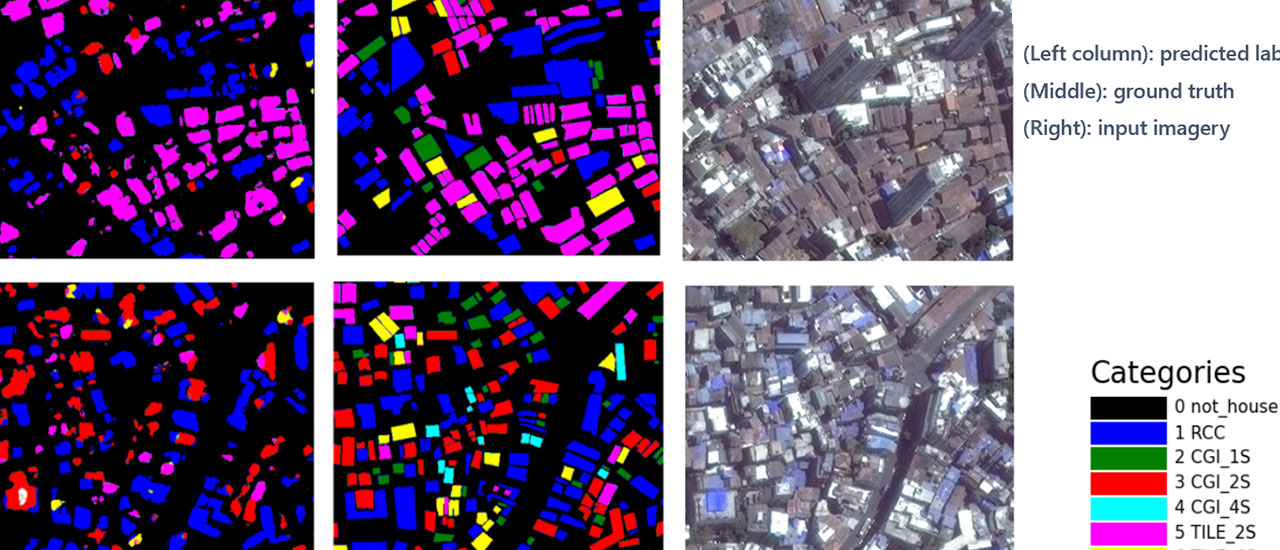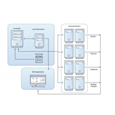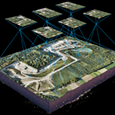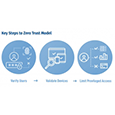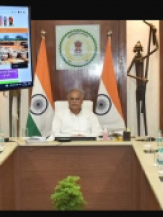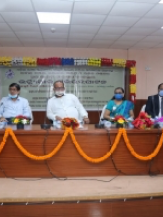As natural disasters grow more frequent and severe, SEEDS, in partnership with Microsoft and Gramener, rises to the challenge with "SunnyLives." This AI-powered disaster impact model delivers near realtime warning advisories to vulnerable communities, transforming disaster preparedness and response. SunnyLives leverages AI's power to provide hyper-local disaster risk insights. It analyzes high-resolution satellite imagery, employs advanced data analytics, and machine learning to identify disaster-prone areas. A key focus is assessing home vulnerability based on roof types, vital for resilience against cyclones and hurricanes.
One of the most pioneering features of SunnyLives is its capacity to offer near real-time warning advisories. The moment the trajectory of an impending disaster is predicted, the model springs into action. It rapidly processes data, generating risk scores for individual houses within affected areas in a matter of hours. This enables disaster response teams to prioritize their efforts and provide timely warnings to communities at risk. However, SunnyLives is not limited to data analysis alone; it empowers vulnerable communities by delivering actionable information. Advisories are disseminated in local languages, ensuring that residents comprehend the risks they face and are equipped with the knowledge needed to protect themselves. These advisories offer comprehensive guidance on securing homes, seeking shelter, and taking necessary precautions in the lead-up to an impending disaster
A core focus of this innovative model has been the identification of vulnerable homes based on their roof types. Roofs serve as a proxy for evaluating a building's vulnerability – concrete roofs are more resilient to cyclonic winds compared to thatched roofs. This approach has enabled SEEDS to pinpoint households in dire need of assistance.
For creating the AI model, over 50,000 houses were manually tagged with roof types using high-resolution satellite imagery. This meticulously curated training data served as the bedrock for the AI model, ultimately achieving an accuracy rate approaching 90%.
During the onset of Cyclone Yaas, the SunnyLives AI model was deployed at scale, producing risk scores for every house within the affected area in a matter of hours. Advisories in local languages were distributed to nearly 1,000 families, offering step-by-step instructions on securing their homes and finding shelter prior to the cyclone's arrival.
The triumphant deployment of the SunnyLives AI model has paved the way for its potential implementation in other countries confronting analogous cyclone risks. Moreover, it can be adapted to tackle diverse weather challenges, such as identifying homes susceptible to heatwaves in densely populated urban areas. SEEDS is also exploring the prospect of utilizing AI to pinpoint earthquake-prone houses in Uttarakhand, a Himalayan state. SunnyLives AI stands as a testament to the potent intersection of innovation and humanitarianism. It exemplifies how AI, harnessed for the greater good, can exert a profound influence on the lives of those most vulnerable to the forces of nature.
